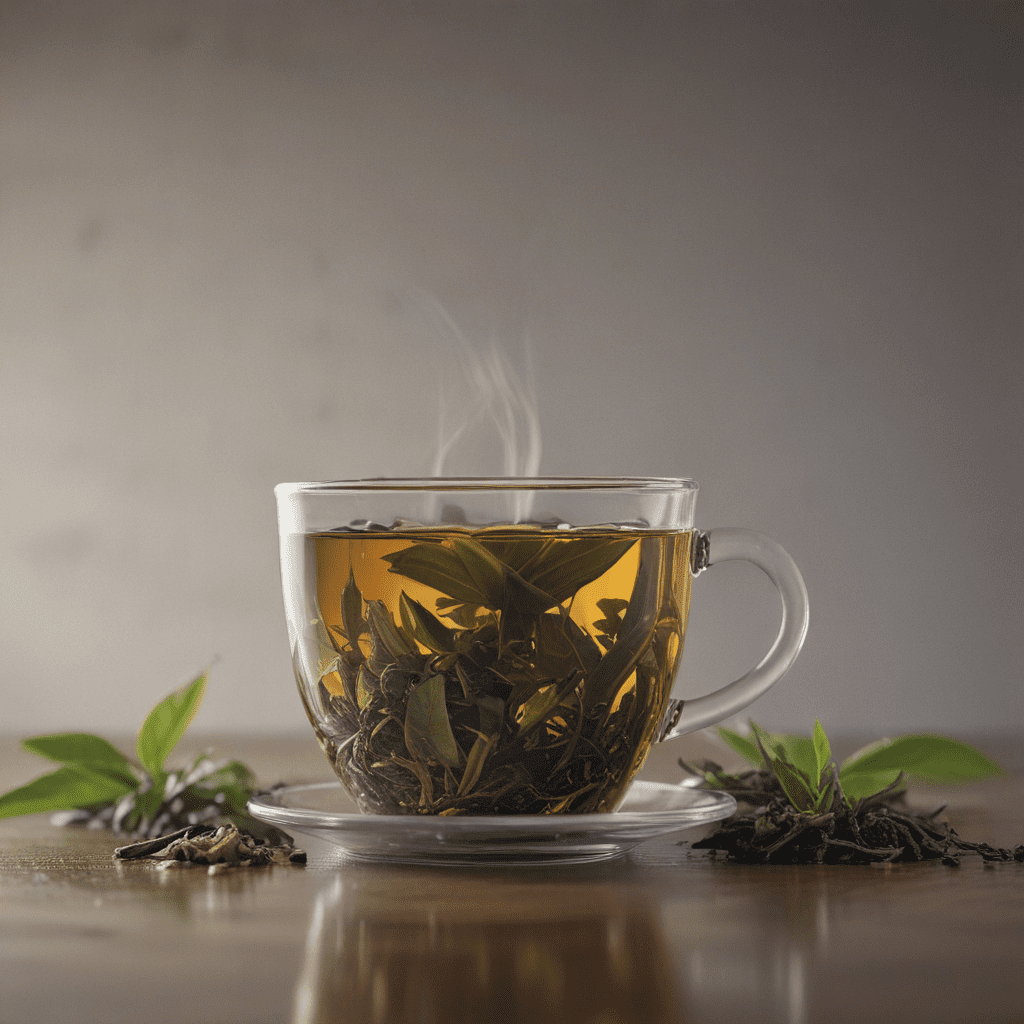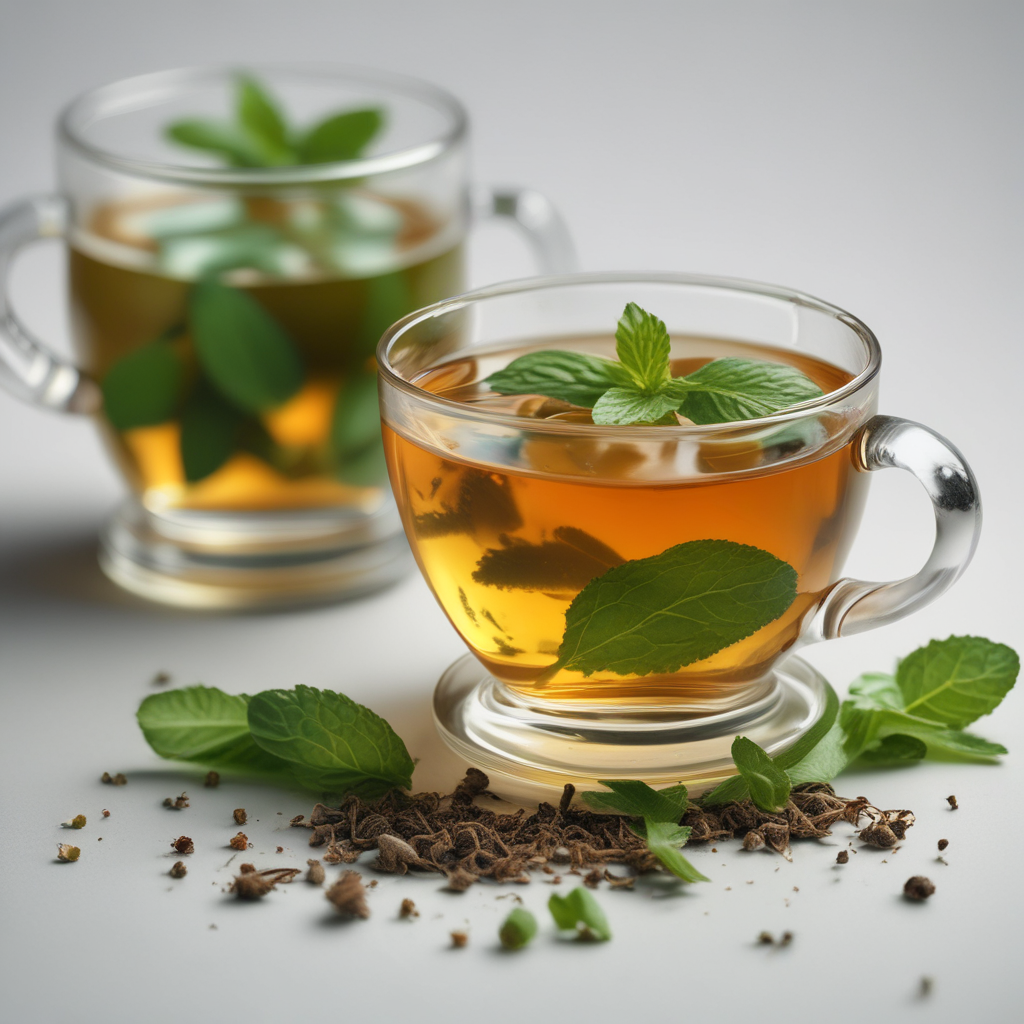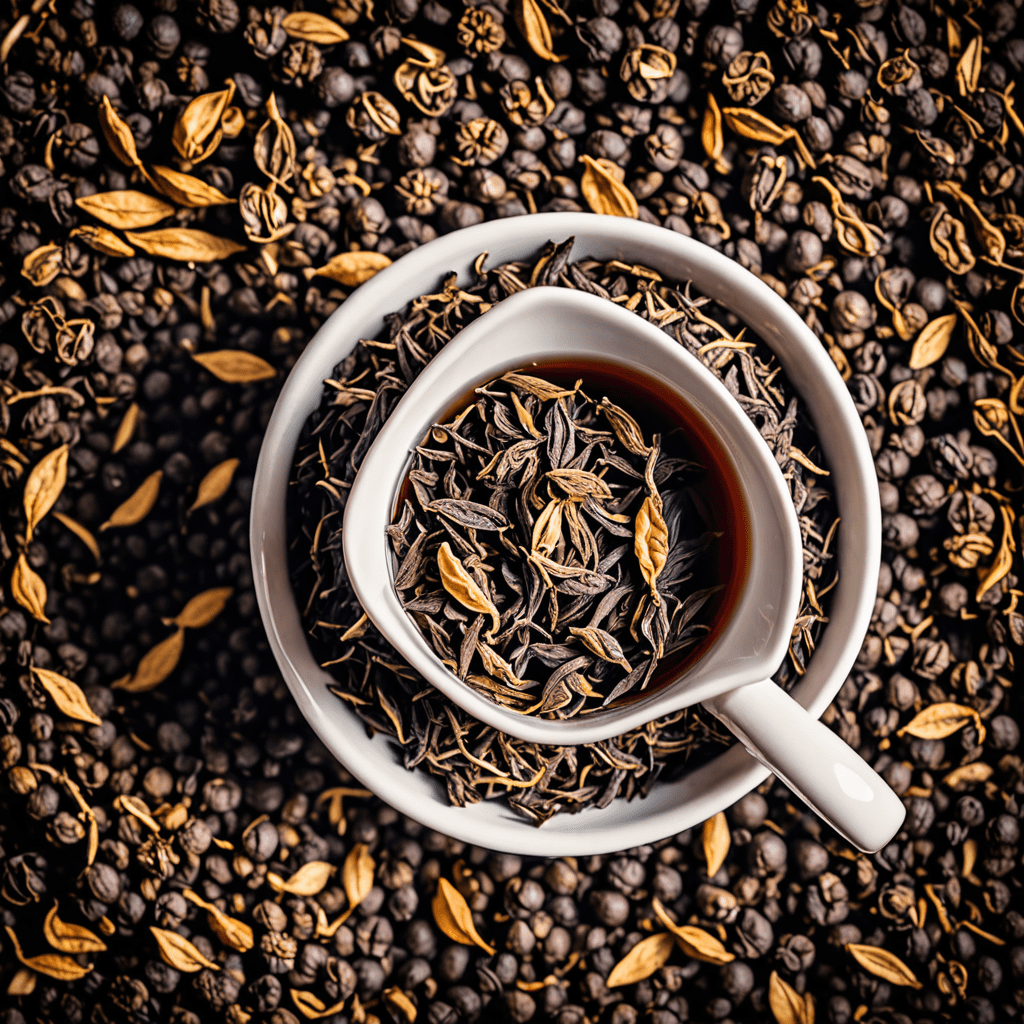
The Art of Tea Appreciation: Developing a Taste for Ceylon Tea
I. Introduction: Unveiling the Essence of Ceylon Tea
In the world of tea, there are few names as illustrious as Ceylon tea. Renowned for its exquisite flavour, rich history, and captivating aroma, this amber-hued infusion has captured the hearts of tea aficionados worldwide. Ceylon tea, now known as Sri Lankan tea, embarks us on a journey of discovery, unveiling a tapestry of taste and aroma that has captivated the senses for centuries.
II. The History and Origins of Ceylon Tea: A Legacy of Flavour
The annals of Ceylon tea are interwoven with a rich history stretching back to the 19th century. It was during this era that Scottish planters introduced tea to the verdant hills of Ceylon, transforming the island into a vibrant tea-growing region. The fertile soils, favourable climate, and meticulous cultivation practices gave rise to exceptional tea leaves renowned for their distinctive flavour profile. Today, the legacy of Ceylon tea continues, with Sri Lanka ranking among the world's top tea producers, preserving the traditions and expertise that have made it a global icon of quality.
III. The Terroir of Ceylon: Exploring the Factors Shaping its Taste
The unique flavour characteristics of Ceylon tea are profoundly influenced by the terroir, a complex interplay of natural factors that shape its taste. The geographical location of Sri Lanka, nestled close to the equator, provides an optimal climate for tea cultivation, with ample sunlight and rainfall. The island's diverse topography, ranging from coastal plains to misty mountain highlands, creates a variety of microclimates that impart distinct flavour nuances to the tea. Soil composition and elevation further contribute to the symphony of flavours, resulting in a diverse array of tea varieties that cater to the discerning palates of tea enthusiasts.
IV. Cultivars of Ceylon Tea: Discovering a Spectrum of Flavours
Ceylon tea is not a monolithic entity; rather, it encompasses a diverse range of cultivars, each contributing its own unique flavour profile to the overall tapestry of taste. The two main types of Ceylon tea cultivars are China and Assamica. China cultivars, known for their delicate flavour and floral notes, are primarily grown in the high-altitude regions of Sri Lanka. Assamica cultivars, on the other hand, offer a bolder, more robust taste and are typically cultivated in the mid and low-altitude areas. The interplay of these cultivars and their respective terroirs gives rise to a symphony of flavour that caters to every tea lover's preference.
V. Harvesting and Processing: The Journey from Bush to Brew
The journey of Ceylon tea from bush to brew is a delicate dance of art and science. Tea leaves are meticulously handpicked at the peak of their freshness, ensuring the capture of optimal flavour. The leaves then undergo a series of processing steps that transform their raw potential into the aromatic infusion we enjoy. Withering, rolling, oxidation, and drying are carefully orchestrated to preserve the tea's inherent qualities while shaping its final flavour profile. The expertise and dedication of Sri Lankan tea masters ensure that every step of this process honours the legacy and traditions that have made Ceylon tea a global treasure.
VI. Tasting and Sensory Analysis: Techniques for Savouring the Delicate Notes
The true appreciation of Ceylon tea lies in the sensory journey it offers. To fully savour its delicate notes, employ a keen eye and a discerning palate. Observe the tea's colour, ranging from pale amber to a deep golden hue, reflecting its strength and oxidation level. As you inhale its aroma, let your senses be enveloped by a symphony of floral, fruity, and earthy notes. Take a gentle sip, allowing the tea to caress your taste buds and unveil its complex flavour profile. Note the astringency, body, and lingering finish, as each sip unfolds a new dimension of taste. Through attentive tasting, you will become attuned to the nuances that make Ceylon tea a singular experience.
VII. Pairing Ceylon Tea with Food: Enhancing the Culinary Experience
Ceylon tea is not only a delightful beverage but also a culinary chameleon that pairs exceptionally well with food. Its versatility allows it to complement diverse cuisines, from spicy curries to delicate pastries. The bold flavours of black Ceylon tea stand up to robust dishes, while the lighter varieties harmonize with subtler flavours. Experiment with different pairings to discover how the tea's notes interact with your favourite foods. Let Ceylon tea be the bridge that connects your culinary adventures with the world of fine tea.
VIII. Health Benefits and Rituals: Exploring the Medicinal and Cultural Significance
Beyond its gustatory delights, Ceylon tea has been traditionally revered for its medicinal properties. It is believed to aid digestion, boost cognitive function, and support a healthy heart. In Sri Lankan culture, tea plays a pivotal role in daily life, with intricate rituals surrounding its preparation and consumption. Whether it's the leisurely afternoon tea or the ceremonial pouring of tea into small cups, these rituals add a layer of tradition and cultural significance to the enjoyment of Ceylon tea.
IX. Sustainability and Authenticity: Preserving the Legacy of Ceylon Tea
As discerning tea enthusiasts, we recognize the importance of sustainability and authenticity. The verdant tea gardens of Sri Lanka are meticulously managed to ensure environmental preservation and ethical labour practices. Certifications such as the Rainforest Alliance and Fairtrade attest to the commitment to sustainable cultivation methods. Additionally, the Ceylon Tea Board vigilantly safeguards the authenticity of Ceylon tea, ensuring that only high-quality tea bearing the distinctive lion logo reaches consumers around the world.
X. Conclusion: Becoming a Connoisseur of Ceylon Tea
The appreciation of Ceylon tea is a journey of discovery, sensory exploration, and cultural immersion. Through understanding its history, terroir, cultivars, and processing methods, you become attuned to the nuances that distinguish it among teas. Experiment with tasting and pairing, allowing your palate to guide you towards your personal favourites. Learn about its health benefits and cultural significance, enriching your appreciation for this remarkable beverage. With every sip, every pairing, and every shared tea-time ritual, you will deepen your connection to the world of Ceylon tea, becoming a true connoisseur of its exquisite flavours and captivating legacy.
Frequently Asked Questions
What makes Ceylon tea different from other teas?
- Ceylon tea is renowned for its distinctive flavour profile influenced by the unique terroir, cultivars, and processing methods found in Sri Lanka.
How do I store Ceylon tea for optimal preservation?
- Store Ceylon tea in airtight containers away from moisture, heat, and strong odours to maintain its freshness and flavour.
Can I reuse Ceylon tea leaves for multiple infusions?
- Yes, Ceylon tea leaves can typically be infused 2-3 times, offering variations in flavour intensity as the leaves are re-steeped.
How do I determine the ideal steeping time for Ceylon tea?
- The recommended steeping time for Ceylon tea varies depending on the type and desired strength. Generally, black Ceylon teas are steeped for 3-5 minutes, while lighter varieties can benefit from shorter steeping times.
Can I add milk or sugar to Ceylon tea?
- While some prefer the purity of unsweetened Ceylon tea, it can be enjoyed with milk, sugar, or other sweeteners as per personal preference.

